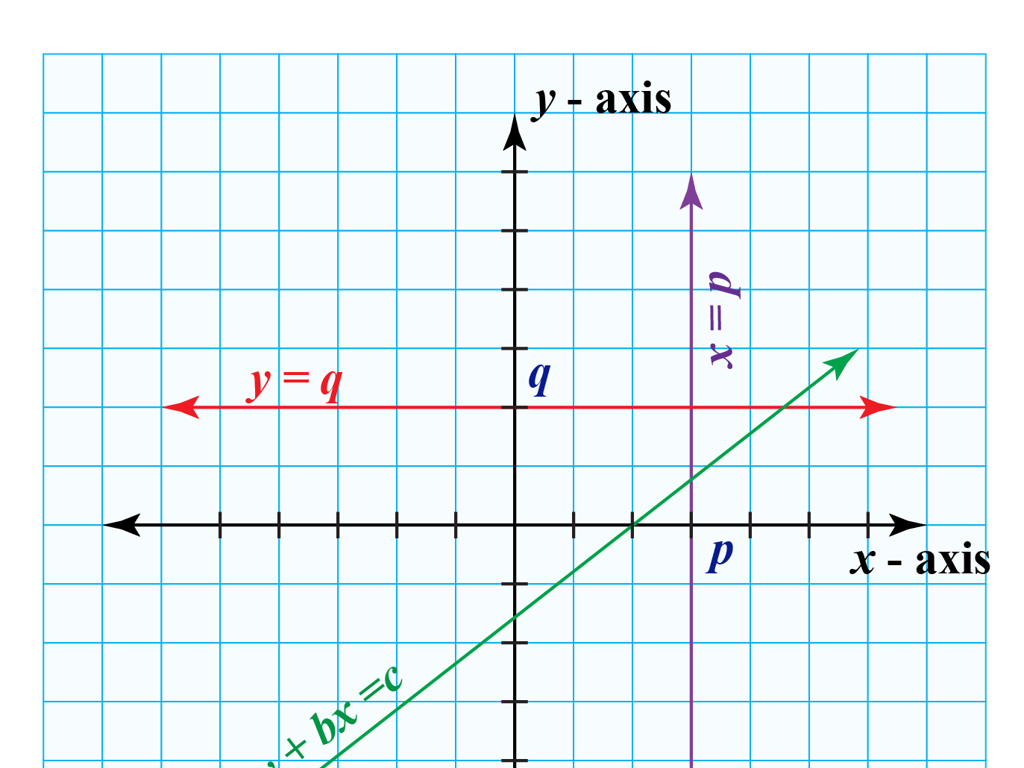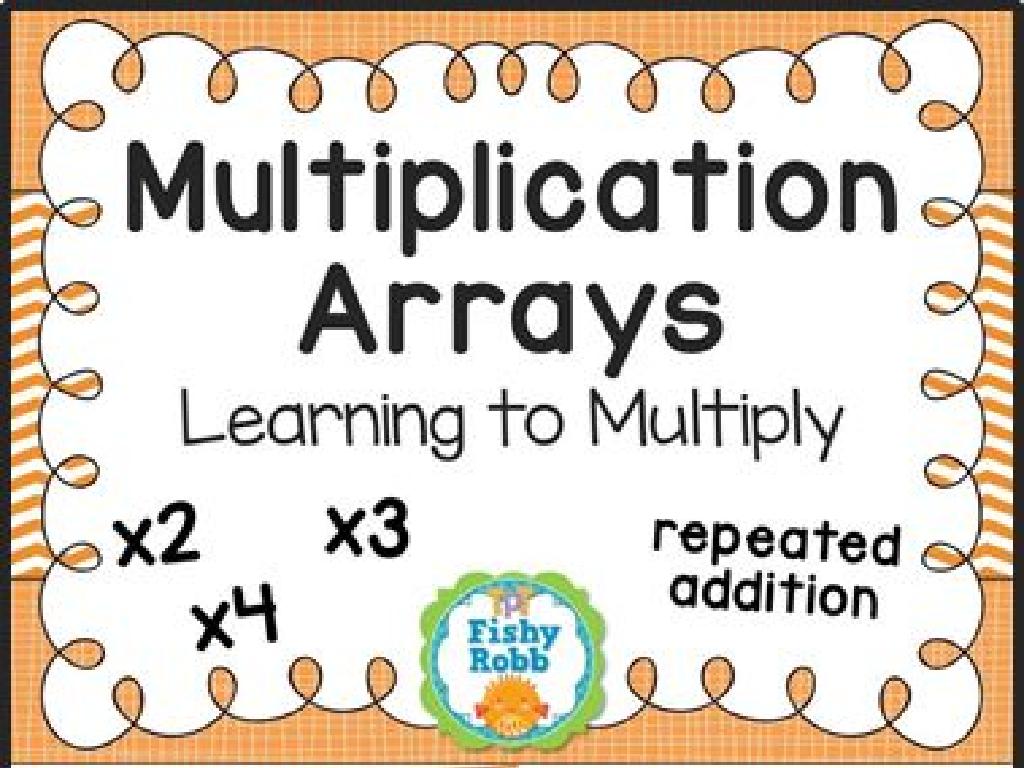Introduction To Fossils
Subject: Science
Grade: Fifth grade
Topic: Fossils
Please LOG IN to download the presentation. Access is available to registered users only.
View More Content
Welcome to the Past: Introduction to Fossils
– What are fossils?
– Fossils are remains of ancient life, like bones or shells.
– Fossils as clues to the past
– They tell us what creatures lived long ago.
– Detectives of Earth’s history
– Scientists investigate fossils to learn about Earth’s past.
– The importance of studying fossils
– Studying fossils helps us understand how life on Earth has changed.
|
This slide introduces students to the concept of fossils and their significance in understanding Earth’s history. Begin by explaining that fossils are the preserved remains or traces of animals, plants, and other organisms from the remote past. Highlight that, much like detectives, paleontologists study these clues to uncover the story of our planet. Emphasize the importance of fossils in teaching us about the different forms of life that existed long before humans and how life on Earth has evolved over millions of years. Encourage students to think about what it would be like to discover a fossil and what they could learn from it.
What Are Fossils?
– Fossils: Remains of ancient life
– Preserved evidence of plants and animals from the past.
– Found in rocks: bones, shells, imprints
– Can be actual body parts or just marks left in stone.
– Fossils as history books
– Like reading history, they tell us about Earth’s past life.
– Learning from fossils
– They teach us about evolution and ancient environments.
|
Fossils are crucial for understanding our planet’s history. They are the preserved remains or traces of organisms that lived millions of years ago. Fossils can be actual parts like bones or shells, or even just imprints left in rock. They act like history books, offering a glimpse into the past, showing us what creatures looked like and how they lived. By studying fossils, scientists can piece together the story of evolution and how the Earth’s environment has changed over time. Encourage students to think of fossils as a puzzle that helps us learn about the ancient world.
Types of Fossils: Clues to the Past
– Body Fossils: Preserved parts
– Examples: bones, teeth, shells
– Trace Fossils: Activity evidence
– Examples: footprints, burrows, nests
– Each type reveals different clues
– Body fossils show physical structure, trace fossils indicate behavior
– Understanding ancient life
|
This slide introduces students to the two main types of fossils and how they provide information about prehistoric life. Body fossils are actual parts of organisms that have been preserved, such as bones, teeth, or shells. Trace fossils are evidence of an organism’s activity, like footprints, burrows, or nests. Each type of fossil offers unique clues; body fossils tell us about the physical structure of organisms, while trace fossils give insight into their behavior and interactions with the environment. Encourage students to think about what we can learn from each type of fossil and how these clues fit together to form a picture of the past.
How Are Fossils Formed?
– Fossilization: a rare process
– Steps: death, burial, preservation, discovery
– Organism dies, gets buried in sediment, minerals replace its parts, and then it’s found.
– Conditions: quick burial, hard parts, time
– Fossils form best when bodies are buried quickly, have bones/shells, and remain undisturbed for millennia.
– Understanding fossil formation
|
This slide aims to explain the complex and uncommon process of fossilization to fifth-grade students. Fossilization is a multi-step process that begins with the death of an organism and ends with its discovery as a fossil. The conditions for fossilization are very specific and include rapid burial to protect the remains from scavengers, the presence of hard parts like bones or shells that can withstand decay, and a long period of time for the transformation to take place. Emphasize that not all organisms will become fossils and that it’s a special occurrence when we find them. This understanding sets the foundation for further discussions on the types of fossils and their significance in understanding Earth’s history.
Fossil Hunters: Paleontologists at Work
– Who are paleontologists?
– Scientists who study ancient life through fossils
– Tools for fossil hunting
– Brushes, picks, and observation skills are essential
– Patience in fossil discovery
– Finding fossils can take a lot of time
– Precision in uncovering fossils
– Careful work is needed to protect delicate fossils
|
This slide introduces students to the profession of paleontology, emphasizing the role of paleontologists in studying fossils to understand ancient life. Highlight the tools paleontologists use, such as brushes and picks, and the importance of observation in the field. Discuss how patience is a virtue in this field, as finding and excavating fossils is a slow process that can take many years. Emphasize precision and the meticulous nature of the work to avoid damaging the fossils. Encourage students to think about the dedication required in this scientific field and how each fossil is a piece of the Earth’s history puzzle.
Fossils Tell a Story
– Fossils as Earth’s history book
– Fossils help us picture ancient environments and the organisms that lived there.
– Life’s changes over time
– They provide evidence of how plants and animals have evolved.
– Rock layers as history chapters
– Each rock layer can represent a period in Earth’s past, much like chapters in a book.
– Interpreting the fossil record
– Scientists study fossils to understand the sequence of life forms on Earth.
|
This slide introduces students to the concept that fossils are more than just old bones or imprints; they are storytellers of our planet’s past. By examining fossils, we can infer a lot about the environments where ancient organisms lived, and how life has adapted and changed over millions of years. Each stratum of rock is like a different chapter in Earth’s history, with its own unique set of fossils that tell us about that era. Encourage students to think of the Earth as a giant book and fossils as clues left behind for us to decipher the story of life on our planet.
Let’s Be Paleontologists!: Create Your Own Fossil
– Gather clay, leaves or shells, and plaster
– Press objects into clay to leave imprints
– Use leaves or shells to make natural-looking imprints
– Carefully cover the imprint with plaster
– Ensure the plaster is smooth for a clear fossil
– Wait for it to set and reveal your ‘fossil’
– The setting process may take some time, be patient
|
This class activity is designed to give students a hands-on experience with the fossilization process. Provide each student with a small amount of clay and a selection of objects like leaves or shells to create imprints. Demonstrate how to press these objects into the clay to create a clear imprint. Next, show them how to mix and pour plaster over their clay imprint to create a cast. Explain that they must wait for the plaster to set completely before they can remove their ‘fossil’. This may take until the next class session. Discuss with students how this activity is similar to how fossils are formed in nature. Possible variations of the activity could include using different materials to create imprints or experimenting with different ways to make the imprints in the clay.
Fossils: Unearthing the Past
– Recap on fossils
– We learned fossils are preserved remains or traces of living things from long ago.
– Fossils as history books
– Fossils show us what plants and animals were like millions of years ago.
– Encourage student questions
– Explore curiosity together
|
As we conclude our lesson on fossils, let’s review the key points we’ve covered. Fossils are like nature’s time capsules; they provide us with snapshots of life on Earth that existed millions of years ago. By studying fossils, scientists can piece together the history of our planet and the evolution of life. It’s important to encourage students to ask any questions they have, fostering a classroom environment where curiosity is welcomed. This is an opportunity for students to engage with the material, express their thoughts, and delve deeper into the subject matter. Be prepared to answer questions or guide students in finding the answers together.



/big_history_timeline.png)


